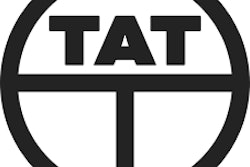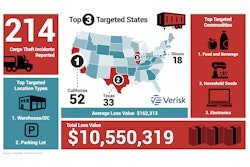
Pop quiz: In what kind of shape are your truck's brakes?
Would they pass inspection if you got stopped? More importantly, will they stop your rig when you need them to?
Now might be a good time to check the condition of your truck's brakes or have a technician give them a close look because next week is the Commercial Vehicle Safety Alliance's annual Brake Safety Week. Starting Sunday, Aug. 25, CVSA-certified inspectors will conduct routine commercial motor vehicle inspections, focusing on brake systems and components. Commercial motor vehicles found to have brake-related out-of-service violations will be removed from roadways until those violations are corrected.
For this year’s Brake Safety Week, inspectors will focus on the condition of brake linings and pads. Brake lining and pad issues may result in vehicle violations and could affect a motor carrier’s safety rating, according to CVSA.
During last year's Brake Safety Week, of the 18,031 commercial motor vehicles inspected in the U.S., 2,240 (12.4%) had brake-related out-of-service violations. There were lining/pad violations on 352 power units and 236 towed units.
T.J. Thomas, director of marketing and customer solutions for Bendix Commercial Vehicle Systems, Controls, said, “So many violations are preventable through proper maintenance practices and regular equipment examination. You simply can’t overstate the importance of keeping up with maintenance and examination of the wheel-ends and braking system, because so many aspects of safe vehicle operation are directly impacted by what goes on in those areas."
Bendix reminds drivers of the importance of pre- and post-trip inspections in identifying brake issues.
Daily:
- Check for damaged or loose-hanging air chambers, pushrods, or slack adjusters.
- Make sure slack adjusters on each axle are extended out to the same angle. Different angles can indicate an out-of-adjustment brake or a broken spring brake power spring.
- Examine tubing and hose condition, positioning, and connections.
Weekly:
- Perform a 90- to 100-psi brake application with the wheels chocked and the parking brakes released, and listen for leaks.
- Check air disc brake rotors for cracks.
- Inspect drum brake linings for wear and cracks.








